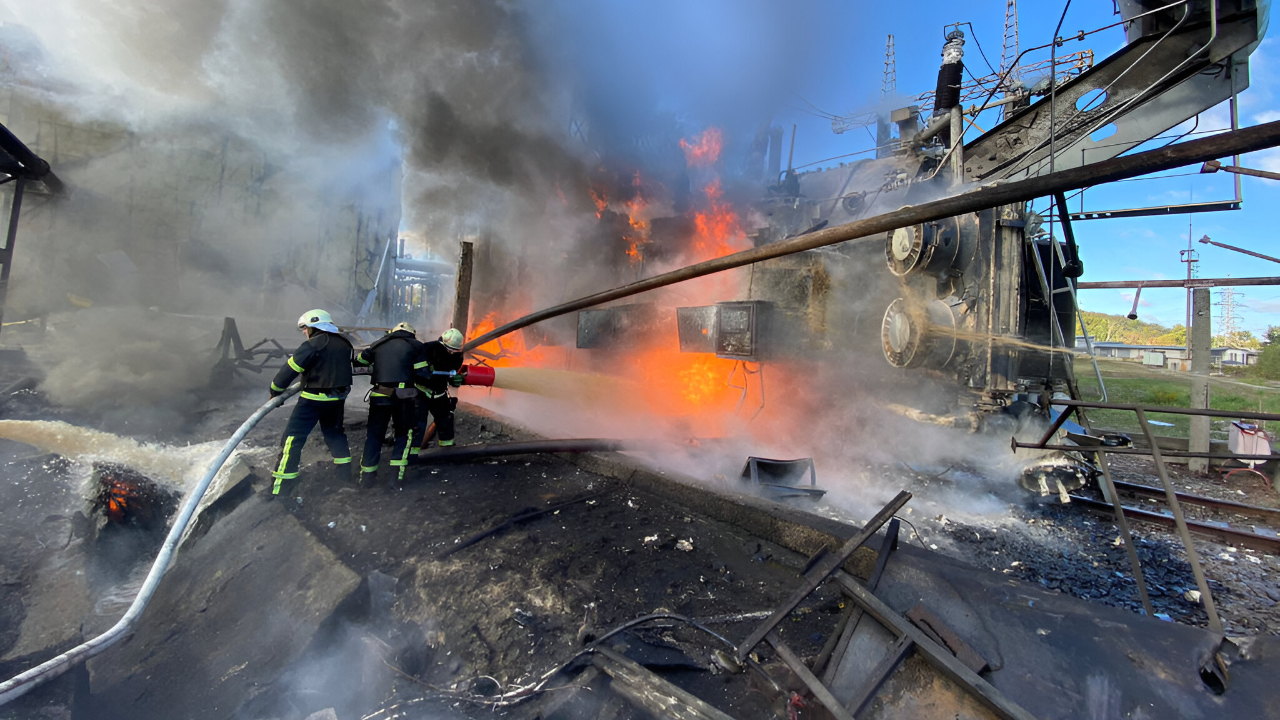
Ukraine launched one of its boldest strikes yet on Oct. 21, hitting the Bryansk Chemical Plant deep inside Russian territory, according to the General Staff of Ukraine’s Armed Forces. Using British-made Storm Shadow missiles, Kyiv targeted a facility that produces gunpowder, rocket fuel, and explosives for Moscow’s missiles.
Officials called it a “massive combined air and missile strike” that breached Russian defenses. The U.S. and U.K. had already sanctioned the plant for fueling Russia’s war effort.
Storm Shadow Missiles Lead Ukraine’s Deepest Strike Yet
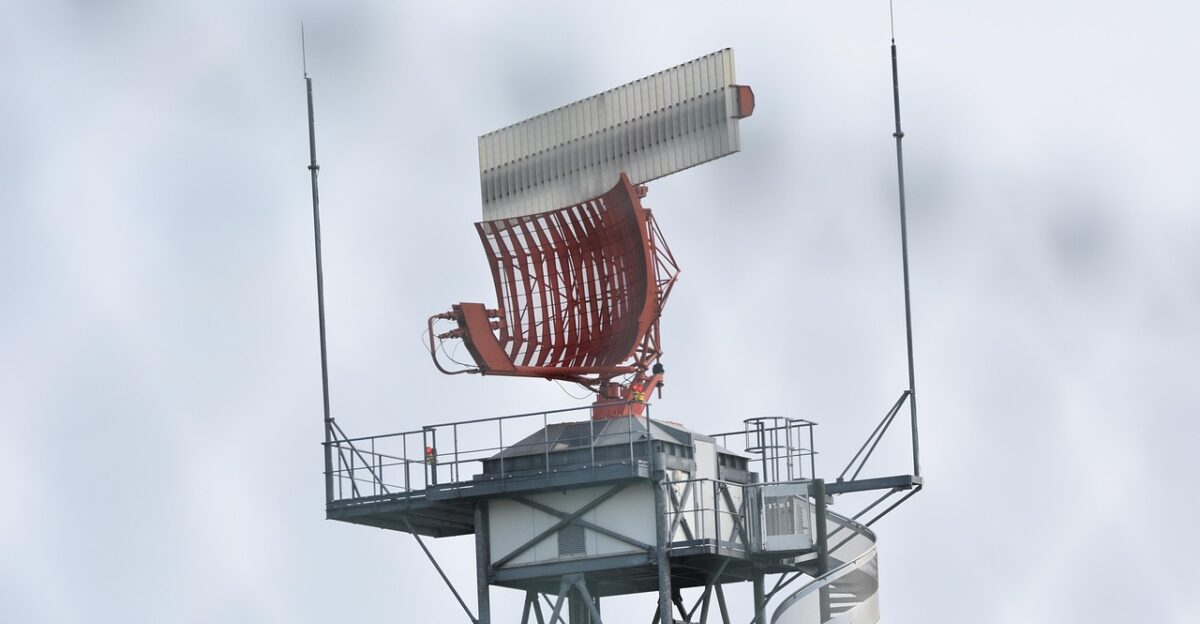
Ukraine’s military said the attack was a coordinated effort across its Air Force, Navy, and Land Forces. Storm Shadow missiles, known for their long reach and stealth, allowed Ukrainian pilots to evade Russian radar and hit precisely.
Officials said the goal was to weaken Russia’s weapons industry from within, marking one of Ukraine’s most successful deep operations so far. The extent of the damage, however, has yet to be confirmed.
Why the Bryansk Chemical Plant Mattered to Moscow
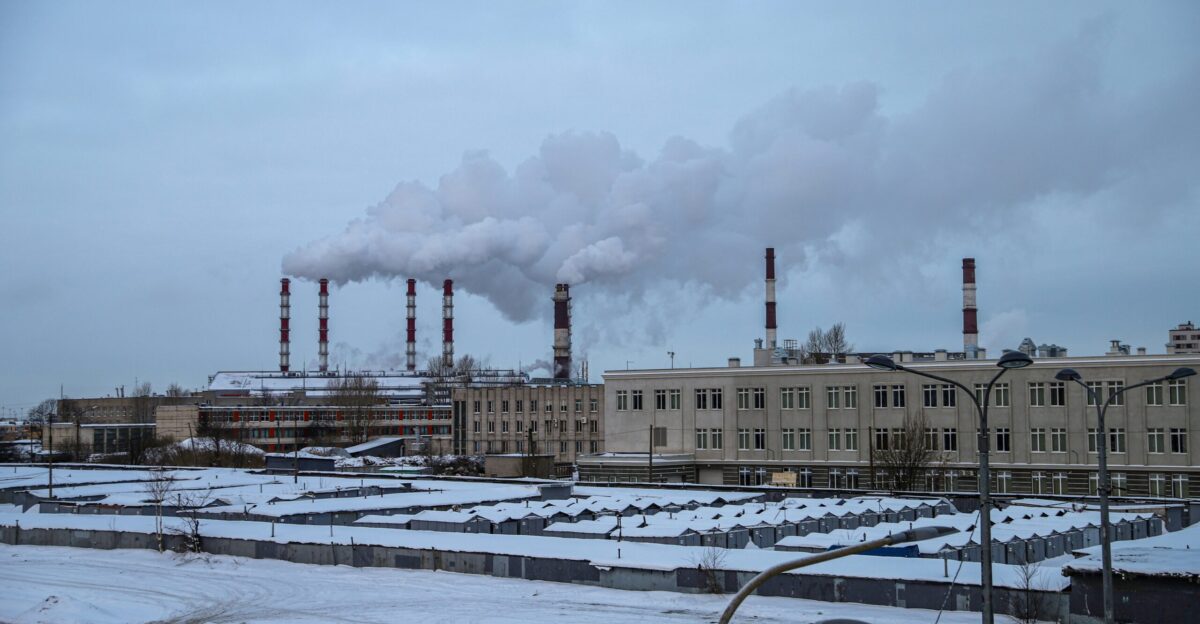
Located about 380 kilometers from Ukraine’s border, the Bryansk Chemical Plant produces key components for Russian ammunition — from explosives to rocket fuel. Ukrainian officials called it a “cornerstone” of Russia’s weapons supply chain.
Western allies agreed, labeling it a strategic node and sanctioning it in 2024 for its role in manufacturing the materials that keep Russia’s war machine running.
Storm Shadow: The Western Missile That Changed the Game
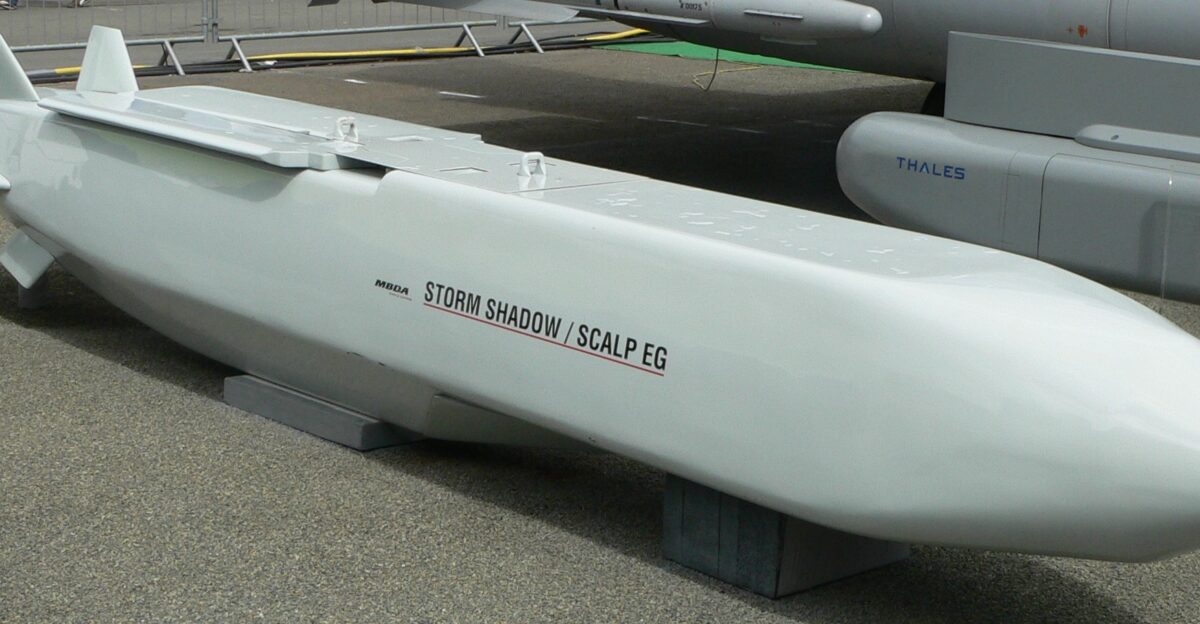
The Storm Shadow, supplied by Britain in 2023, was designed for long-range, radar-evading missions. Capable of flying hundreds of kilometers at low altitude, it can strike deep within enemy territory.
Military experts say its use in the Bryansk strike shows how Ukraine has adapted Western technology to offset Russia’s superior artillery and air fleets, proving that precision can sometimes do what sheer numbers can’t.
Bryansk: A Familiar Target in Ukraine’s Long Campaign

This wasn’t Ukraine’s first strike on the region. The Bryansk plant had been targeted before, reportedly with U.S.-made ATACMS missiles. The broader area hosts multiple facilities tied to explosives and munitions production.
According to defense analysts, repeated strikes on these targets are designed to choke Russia’s weapons pipeline, making it harder for the Kremlin to keep missiles and drones flowing to the front lines.
Ukraine’s Coordinated Attack Marks a New Military Phase

Ukraine’s General Staff described the Oct. 21 operation as a “synchronized effort” across multiple branches — air, land, and sea. This integration reflects Kyiv’s evolving approach to long-range warfare, one that seeks to cripple Russia’s industrial output without triggering all-out escalation.
Analysts see these strikes as part of a balancing act: inflicting real damage while avoiding the kind of provocation that could expand the war.
Zelensky Says Deep Strikes Could Be ‘Key to Peace’
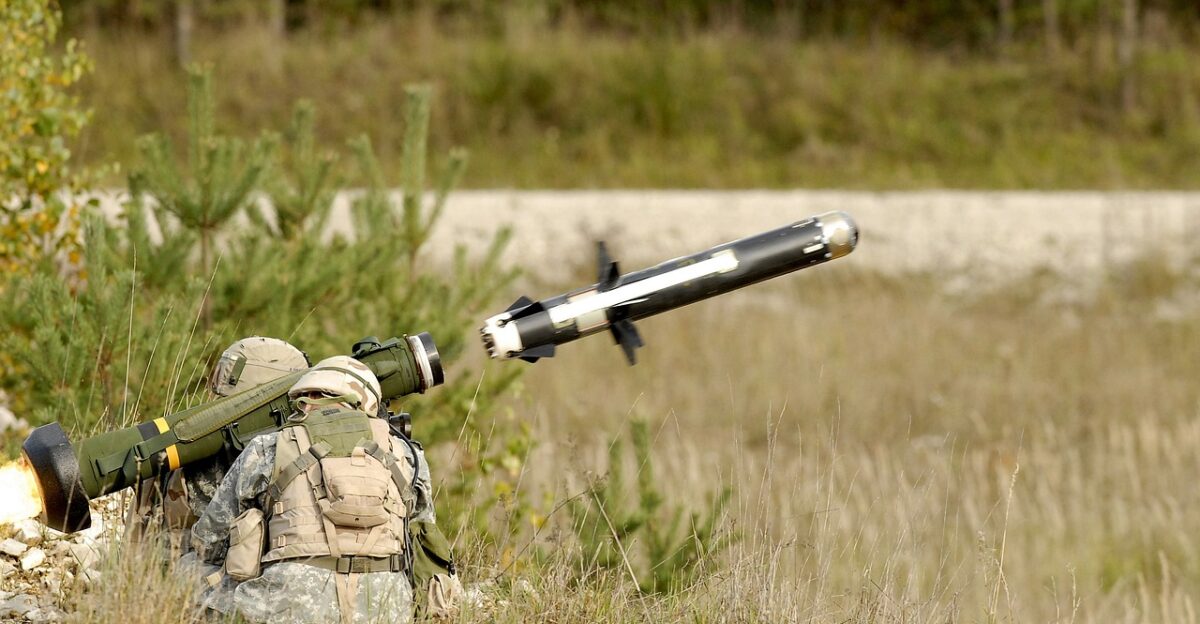
President Volodymyr Zelensky praised the operation, saying Ukraine’s growing ability to hit strategic targets inside Russia could help end the war. “Each strike that weakens their production brings peace closer,” he said.
For Zelensky, deep strikes are not about revenge but deterrence — a message that Russia’s aggression comes with mounting costs at home.
Strike Comes Amid Cooling U.S.-Russia Diplomacy

The Bryansk strike landed during a tense diplomatic moment. According to reports, U.S. President Donald Trump had considered meeting with Vladimir Putin to discuss a ceasefire, but those talks fell apart when Moscow rejected proposals to freeze current battle lines.
American officials later confirmed no summit was planned, highlighting how fragile backchannel diplomacy has become as fighting intensifies.
Kyiv Says Moscow’s Silence Proves Peace Is Off the Table
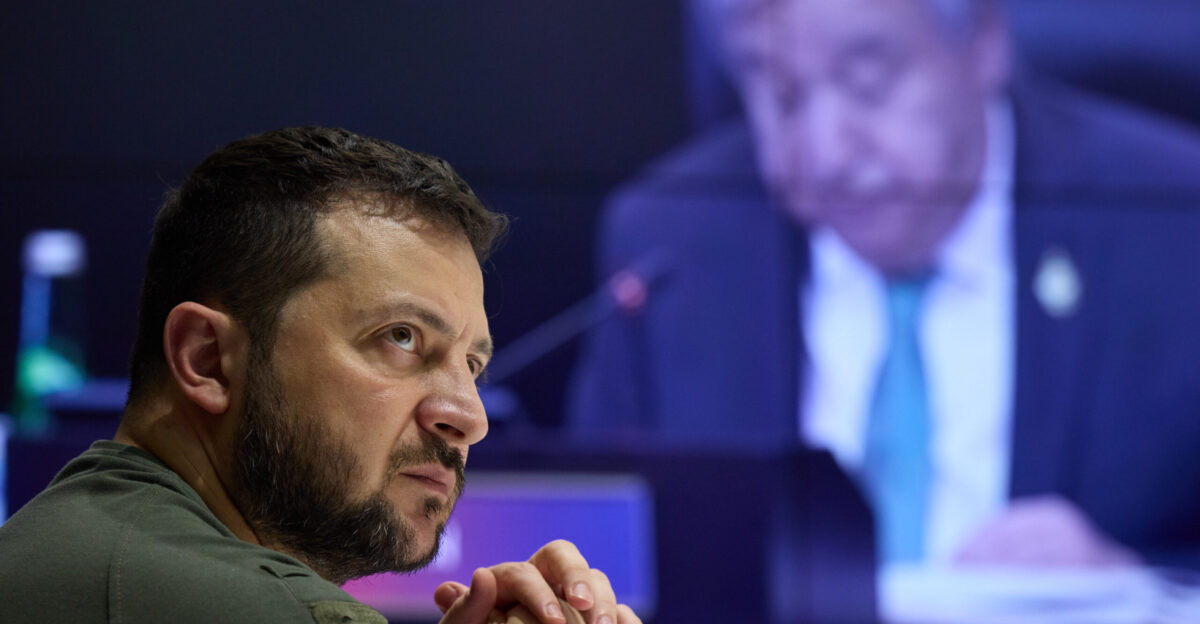
Ukrainian officials said Russia’s refusal to negotiate has only hardened Kyiv’s resolve. “Their interest in diplomacy fades when they think we can’t reach them,” Zelensky told reporters.
He stressed that Ukraine’s access to long-range missiles like Storm Shadow and ATACMS is essential for leverage in any future talks. The message was clear: strength, not concession, is the only language Moscow understands.
Moscow Downplays Damage as Satellite Images Tell Another Story

Russia has stayed quiet about what happened at Bryansk. Officials have neither confirmed nor denied the extent of destruction, though local social media channels reported explosions and fires. In past cases, Moscow has claimed that Ukrainian missiles were intercepted.
While independent verification remains difficult, satellite imagery and local witnesses have increasingly supported Kyiv’s reports of successful deep strikes inside Russia.
Western Weapons Continue to Prove Their Worth

Defense analysts say the Bryansk strike highlights how Western-supplied weapons continue to shape the battlefield. The Franco-British Storm Shadow missile, in particular, has become a defining tool of Ukraine’s long-range warfare strategy.
“It gives them reach and precision Russia can’t match,” one European military expert said, noting that these systems have allowed Kyiv to sustain pressure even as ground combat slows.
If Destroyed, Bryansk Could Cripple Russia’s Arms Output
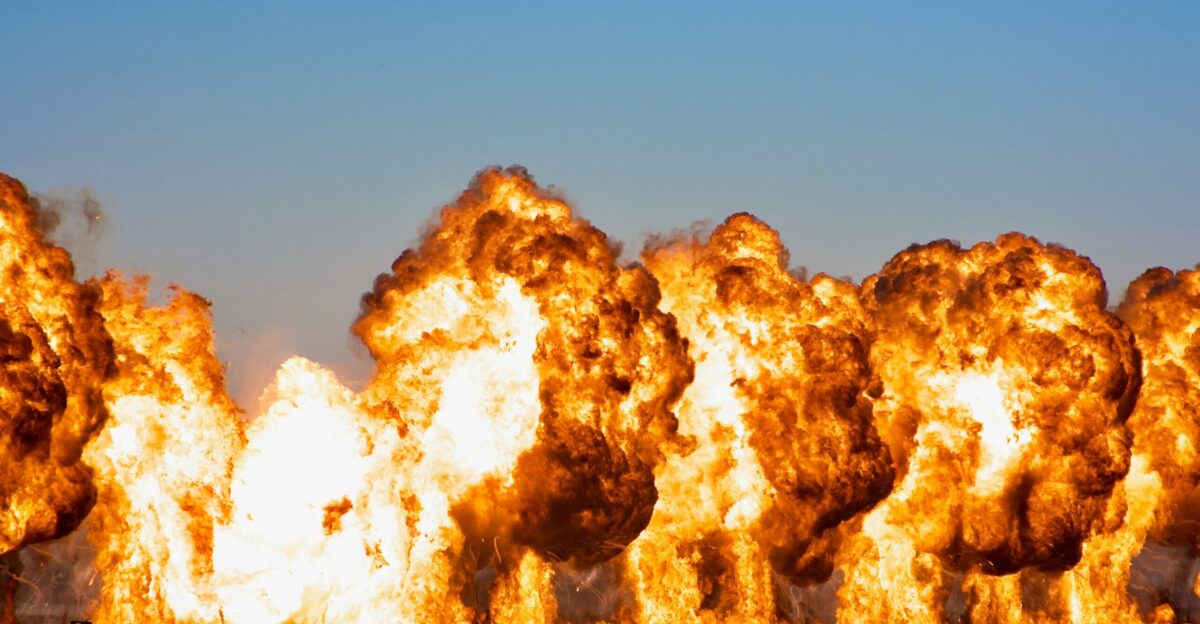
If the Bryansk plant’s destruction is confirmed, it would mark a significant blow to Russia’s domestic weapons production. The facility’s gunpowder and explosives are vital to missile manufacturing.
Analysts say losing that capacity could push Moscow to rely even more on smaller plants or foreign partners like North Korea to fill the gaps. Over time, that dependency could weaken Russia’s ability to sustain a long war.
Ukraine’s New Doctrine: Precision Over Volume

Ukraine’s military strategy is shifting toward surgical strikes that deliver maximum impact with minimal waste. Analysts say the Bryansk operation shows how Kyiv now integrates real-time intelligence, drone surveillance, and satellite imagery to guide each launch.
Western officials have noted that Ukraine’s focus on legitimate military targets, not civilian infrastructure, has helped preserve global support despite the war’s length.
Secondary Explosions Suggest Massive Internal Damage

Although the Bryansk facility has been hit before, Ukrainian intelligence reports indicate this latest attack was far more destructive. Early assessments pointed to multiple secondary explosions, suggesting stored munitions detonated.
If confirmed, it would mean the site’s production lines — possibly even entire sections of the factory — were destroyed, making recovery difficult and potentially setting Russia’s weapons output back months.
Ukraine Aims to Break Russia’s Supply Chain Before Winter

As temperatures drop, Ukraine appears focused on striking deep rather than pushing broad offensives. Military planners believe hitting Russia’s industrial backbone may do more to change the course of the war than capturing ground.
Long-range strikes like the one at Bryansk target the heart of Moscow’s war economy — a strategy that could shape not only the winter battlefield but also the diplomatic landscape ahead.